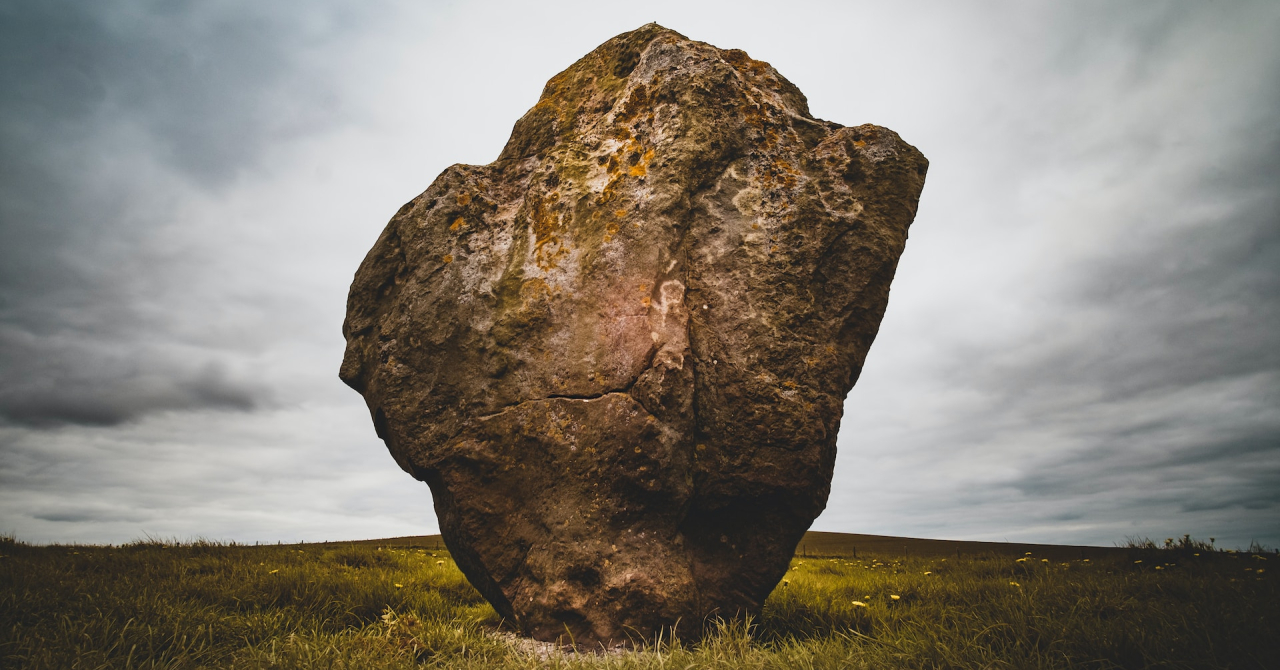Space Daily writes that the scientist, a teacher at University of South Florida, made the discovery after a storm which occurred in Florida, one of the most lightning-prone areas on our planet.
Geoscientist Matthew Pasek said that "we have never seen this material occur naturally on Earth - minerals similar to it can be found in meteorites and space, but we've never seen this exact material anywhere."
"When lightning strikes a tree, the ground typically explodes out and the surrounding grass dies, forming a scar and sending electric discharge through nearby rock, soil and sand, forming fulgurites, also known as 'fossilized lightning'", Pasek explained.

Photo source: USF
He and his team of researchers now aim to study the material and the process that generated it, however, he added that caution measures must be taken. This is because lightnings are very dangerous and if one was able to alter the chemical composition of a rock, it could have even more serious effects on our bodies.
Although the material can't currently be used for industrial purposes, unlike other phosphates, due to the fact that it occurs rarely and by accident, it could be classified as a new type of mineral that could bring more awareness to the scientific community.
 Mihai - Cristian Ioniță
Mihai - Cristian Ioniță












Any thoughts?